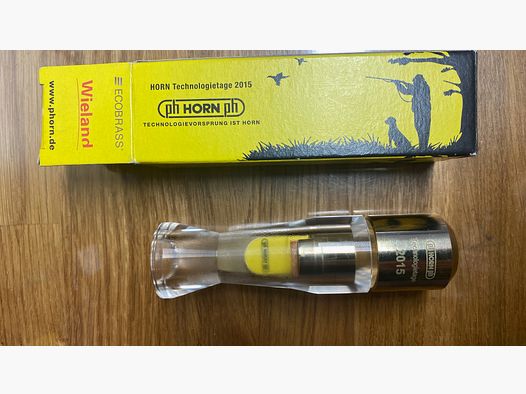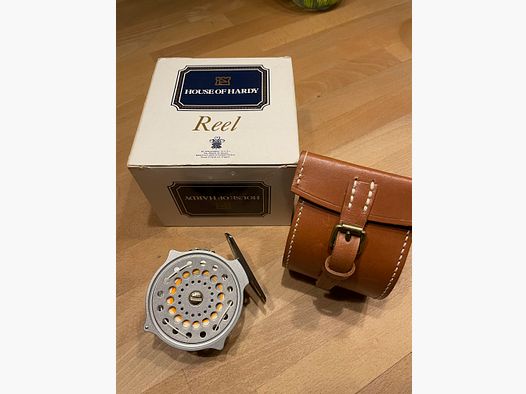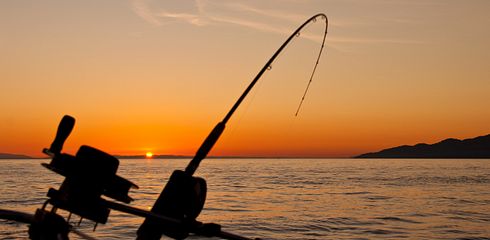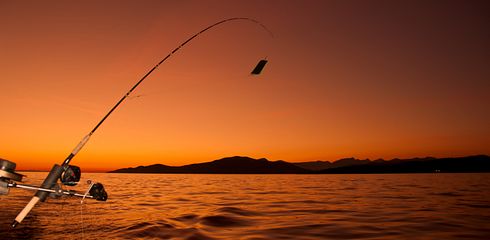Understanding fish behavior is key to a successful fishing trip. As a beginner, it may seem complex at first, but with a basic knowledge of fish psychology, you can significantly improve your chances of landing a catch. In this article, we explore the fundamentals of fish psychology and provide valuable insights for beginners into the mindset of our scaly friends.
1. The Senses of Fish: A World Full of Perceptions
Fish perceive their environment through a variety of senses. Understanding these senses is crucial for creating successful bait presentations:
Vision: Most fish species have excellent vision. Therefore, use baits that resemble natural prey and do not stand out in the environment.
Smell: Fish have a highly developed sense of smell. Baits with natural scents or attractants can be particularly appealing.
Hearing: Fish perceive sound waves, so rattling baits or those with vibrations can attract their attention.
Lateral Line: This sensory organ allows fish to feel pressure waves and movements in the water. The right bait movement can therefore be crucial.
2. Understanding Fish Behavior in Different Waters
Fish behavior varies depending on the water they inhabit. Here are some basic principles:
Still Waters: In lakes and ponds, fish often move more slowly. Use baits with enticing movements to catch their attention.
Flowing Waters: In rivers and streams, fish must navigate against the current. Place baits downstream to create a natural effect.
Saltwater: In the ocean, tides and temperature changes are crucial. Familiarize yourself with tide tables and choose baits that adapt to the conditions.
3. Fish Behavior in Relation to Food
Understanding fish food sources is essential for optimizing bait choice:
Predatory Fish: Predators prefer moving prey. Use baits that move quickly and simulate prey.
Bottom Fish: Fish that live on the bottom often search for food in the mud. Baits that probe the bottom can be effective here.
Surface Fish: Some fish species like to feed at the water's surface. Poppers or surface baits are often successful here.
4. Behavior in Different Seasons
Fish behavior changes throughout the year. Here are basic patterns:
Spring: Fish are active and foraging for food. Bright, lively baits are often successful.
Summer: In warmer water, fish move faster. Faster baits may work better here.
Autumn: Fish prepare for winter and feed more intensively. Natural baits are often successful.
Winter: Fish are sluggish and seek slower prey. Slow, enticing baits are the choice here.
5. The Importance of Structure and Cover
Fish seek shelter from predators and prey in structures and cover. Understanding these points can optimize your fishing spot:
Underwater Structures: Underwater obstacles like rocks, aquatic plants, or logs are often ideal places for fish.
Shore Structures: Structures along the shore, such as overhanging trees or lily pads, provide shelter and food.
Conclusion: The Art of Fishing Lies in Understanding
Understanding fish psychology is a lifelong learning process. Observe the environment, try different baits, and learn from your experiences. While the basics of fish psychology can provide a solid start, every body of water and every fish has its peculiarities. With each trip, you will learn more about fish behaviors and develop into an experienced angler. Tight lines and good luck on your future adventures on the water!




























